Dan Peer, Professor and Director, Laboratory of Precision nanomedicine, Tel Aviv University (TAU).
Dan Peer, Professor and Director, Laboratory of Precision nanomedicine, Tel Aviv University (TAU)
Biography
Ph.D. in membrane biophysics with two internships (one in Cesar Milstein’s Lab, Cambridge Uni., UK and the second in Bob Langer’s lab at MIT, Cambridge, MA, USA). Postdoc in Harvard Medical School, Boston, MA, USA with Motomu Shimaoka and Tim Springer. The highest cited paper in Nanomedicine for cancer (and possibly also for the entire nanomed field, Peer D. et al. Nature Nanotechnology 2007, more than 10,500 citations). Established my own lab at TAU in 2008.
Pioneering work in RNA delivery:
*The First to show in vivo delivery of siRNAs in immune cells.
*The first to show immune modulation in vivo in a cell specific manner by RNA payloads.
*The first to show in vivo delivery of mRNA in a cell specific manner that express a therapeutic protein in an animal
*The first to show, therapeutic genome editing in cancer in vivo.
*The first to develop bacterial mRNA vaccines.
Founder and co-founder of 5 companies, one was sold in 2021. 4 are active among them, NeoVac Ltd. in Oxfordshire, UK who has fantastic platform technology (next Gen. LNPs) and have recently shown amazing safety profile and efficacy in the clinic.
RiboX Therapeutics. The first circular RNA company that got FDA clearness and injected into humans with amazing data, and two other stealth mode companies related to genome editing and lymphocytes manipulations.
Elected to the Israel Young Academy in 2014; Elected to US National Academy of Engineering in 2023; Elected, Fellow, National Academy of Inventors in 2024 and more.
Interview
NanoSphere: Tell us a bit about yourself—your background, journey, and what led you to where you are today.
Dan: I am driven by curiosity and the ability to translate discoveries into clinical setting. It is exciting to invent a strategy in the lab and move it to patients. Exciting and challenging but this is the beauty of what we do.
NanoSphere: Your lab recently showed that locked nucleic acids (LNAs) in LNPs achieve therapeutic effects at 30-fold lower doses than free oligos. How do you see this influencing the future of antisense therapies in inflammatory diseases like IBD? Endosomal escape has long been a bottleneck for nucleic acid therapeutics. Do you believe new material innovations are close to solving this, or do we need to rethink delivery strategies altogether?
Dan: As for the first question, I honestly think we can reshape the field of delivery Oligos in a better way with much less adverse effects and more potency. I also agree that this approach (using LNAs in LNPs) open new challenges such as endosomal escape but we have seen it is doable in a much lower doses and improve the therapeutic outcome, so we are very optimistic not only with regards to IBD but actually also to many other diseases including diseases of neurodegeneration, rare genetics and more.
NanoSphere: NeoVac is building a proprietary next-generation LNP platform for RNA vaccines. From your perspective as both a scientist and entrepreneur, what are the must-have criteria for an RNA delivery platform to be commercially viable? As former Chairman of Ramot and TAU Ventures, you’ve seen both academia and startups. What makes a nanomedicine spinout truly attractive for investment and partnership?
Dan: In my opinion, there are several factors: among them, strong technology that have clinical validation, for example potency (effectiveness) and safety profile are key. In Neovac’s case, for example, we see in the clinics this potency with greater safety profile that is much better compared to BioNtech / Pfizer’s and Moderna’s COVID vaccines. The other factors are strong, experienced and innovative team that can work under stress and deliver and a cool technology that is well protected with strong IP and freedom to operate.
Dan: In my opinion, there are several factors: among them, strong technology that have clinical validation, for example potency (effectiveness) and safety profile are key. In Neovac’s case, for example, we see in the clinics this potency with greater safety profile that is much better compared to BioNtech / Pfizer’s and Moderna’s COVID vaccines. The other factors are strong, experienced and innovative team that can work under stress and deliver and a cool technology that is well protected with strong IP and freedom to operate.
NanoSphere: If there’s one key message or insight you’d like to share with readers about the future of RNA therapeutics, what would it be?
Dan: Be creative, bold and persistence and always work on big problems. There are enough of them around.
Dan: Be creative, bold and persistence and always work on big problems. There are enough of them around.

